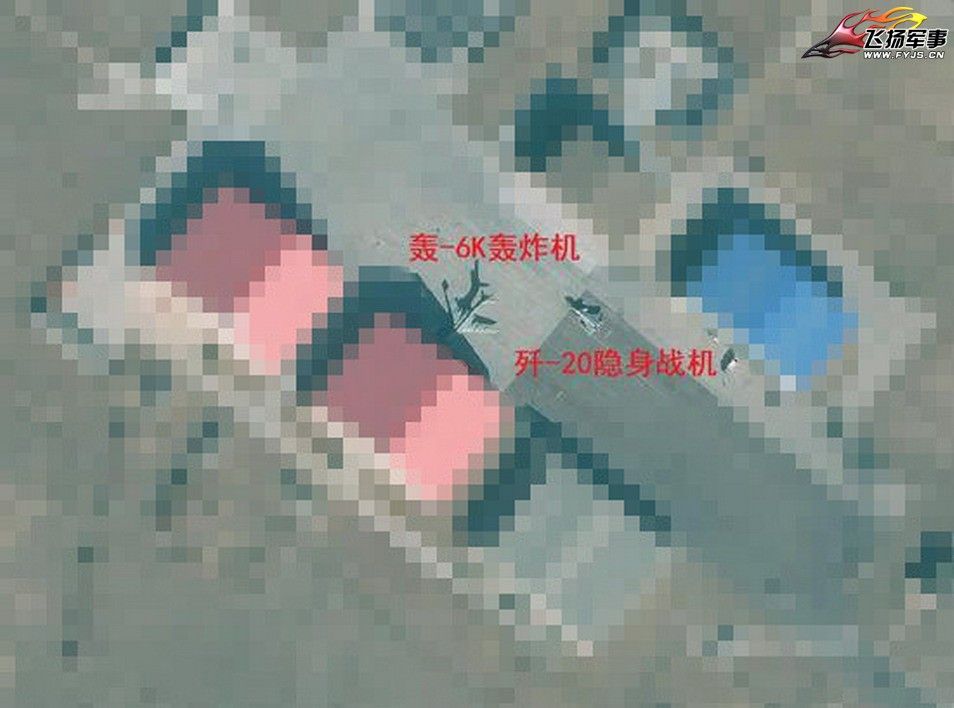plawolf
Lieutenant General
Another significant factor to consider is airframe life.
Japan’s Eagles are old, and it’s not just for lolz that the PLAAF has made inducing Japanese scrambles part of their regular scheduled exercises.
Every time the Japanese scrambles Eagles, who have to burn hard to ‘intercept’ the Chinese Flankers, who would just be flying along comfortably in cruise mode, it adds significant wear and tear on their engines and more significantly, airframes.
One of the main reasons Japan has not being updating all their Eagles is a consideration for remaining useful airframe time.
And it’s not these run down Eagles that Japan are using for scrambles either.
It’s not beyond the realm of possibility that in a real fight, with everyone pushing their birds to and beyond designed tolerances, those Japanese Eagles might start coming apart all by themselves.
Japan’s Eagles are old, and it’s not just for lolz that the PLAAF has made inducing Japanese scrambles part of their regular scheduled exercises.
Every time the Japanese scrambles Eagles, who have to burn hard to ‘intercept’ the Chinese Flankers, who would just be flying along comfortably in cruise mode, it adds significant wear and tear on their engines and more significantly, airframes.
One of the main reasons Japan has not being updating all their Eagles is a consideration for remaining useful airframe time.
And it’s not these run down Eagles that Japan are using for scrambles either.
It’s not beyond the realm of possibility that in a real fight, with everyone pushing their birds to and beyond designed tolerances, those Japanese Eagles might start coming apart all by themselves.




